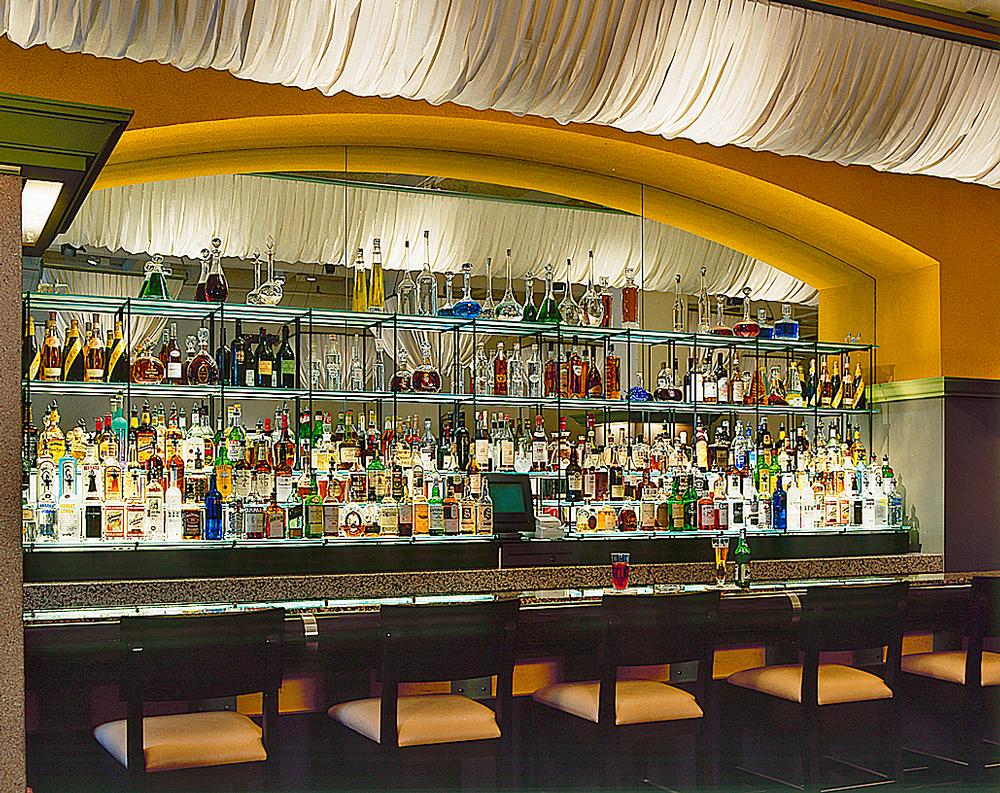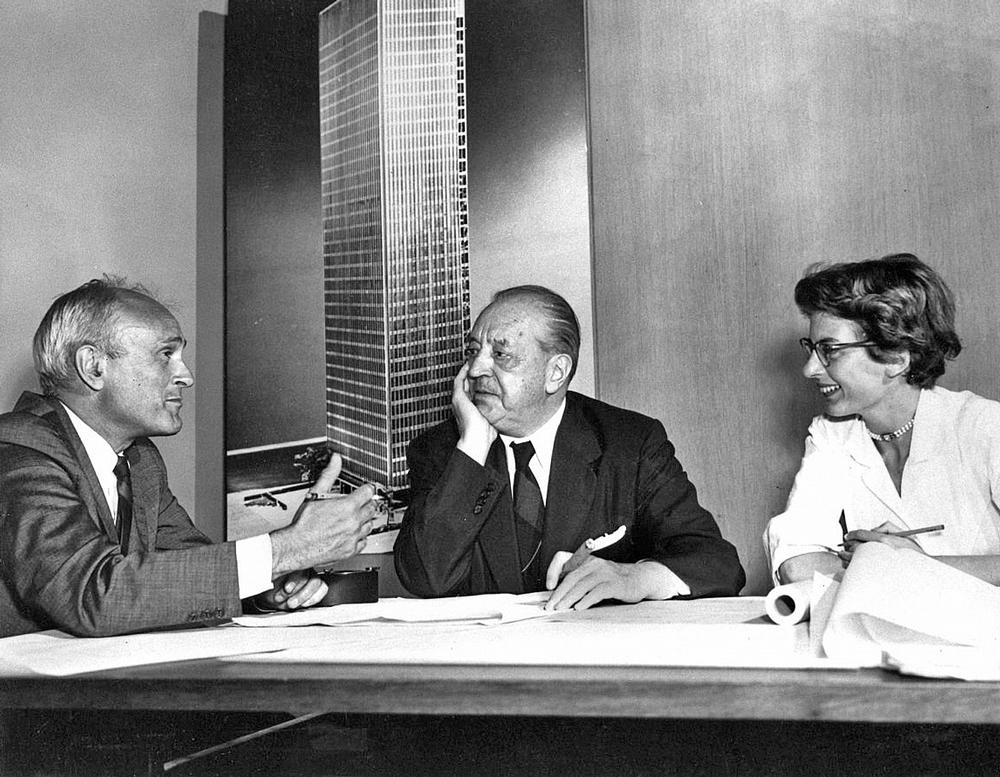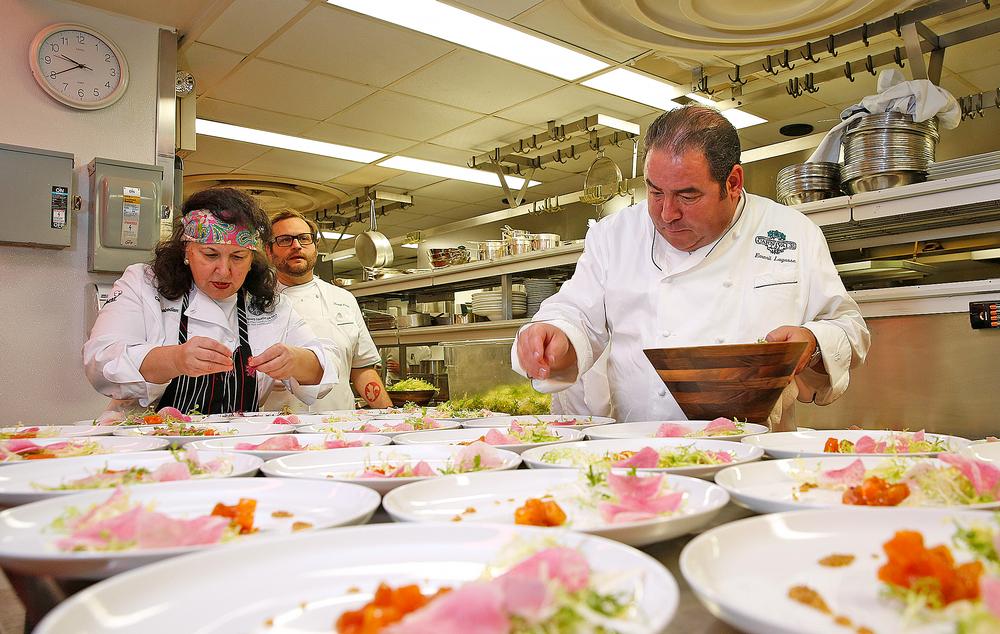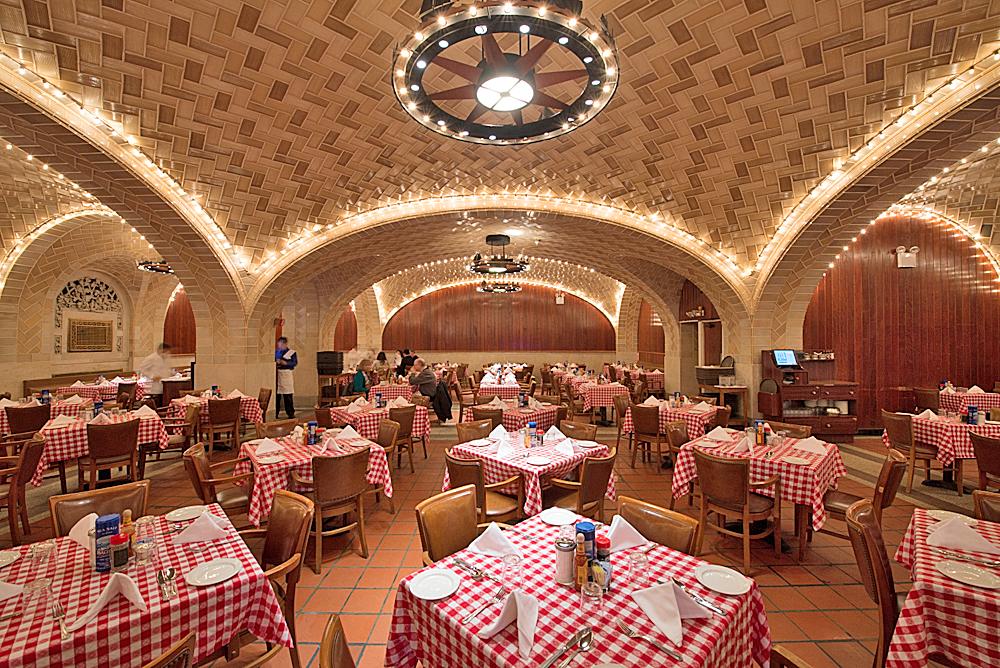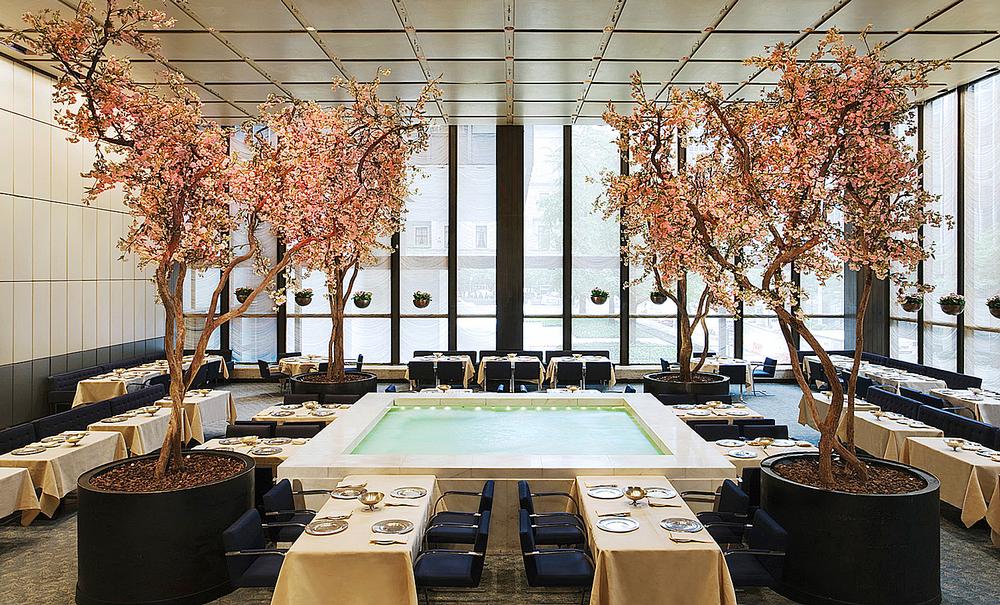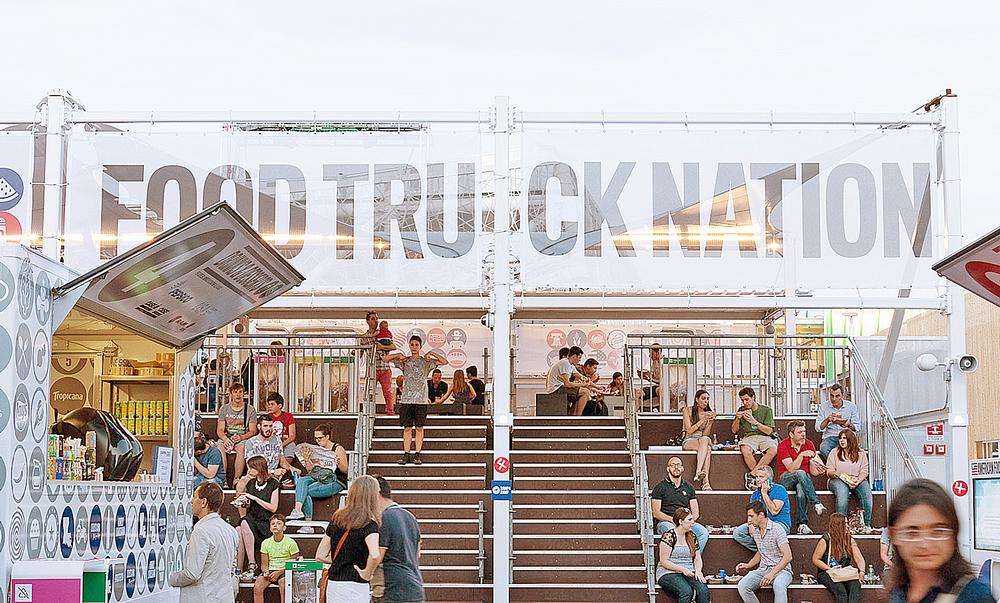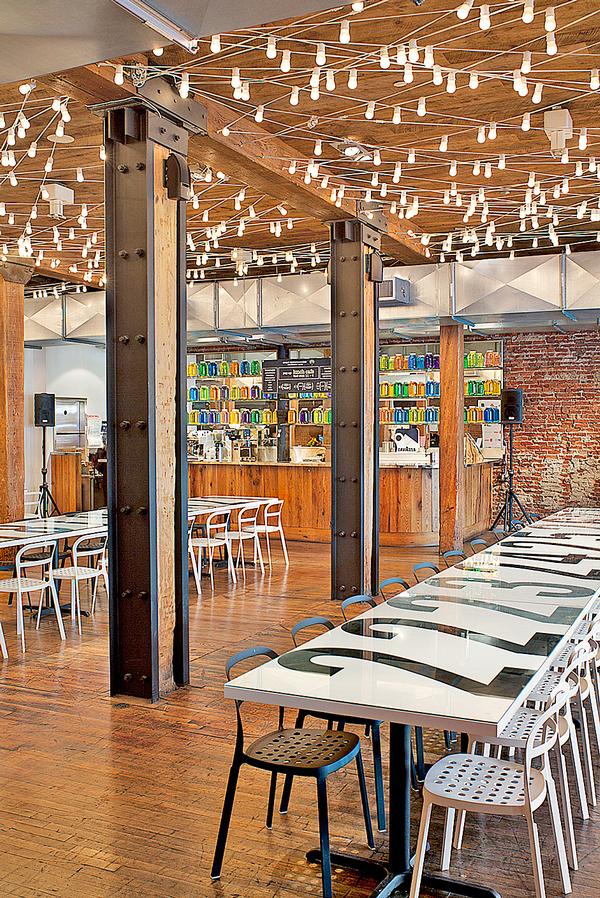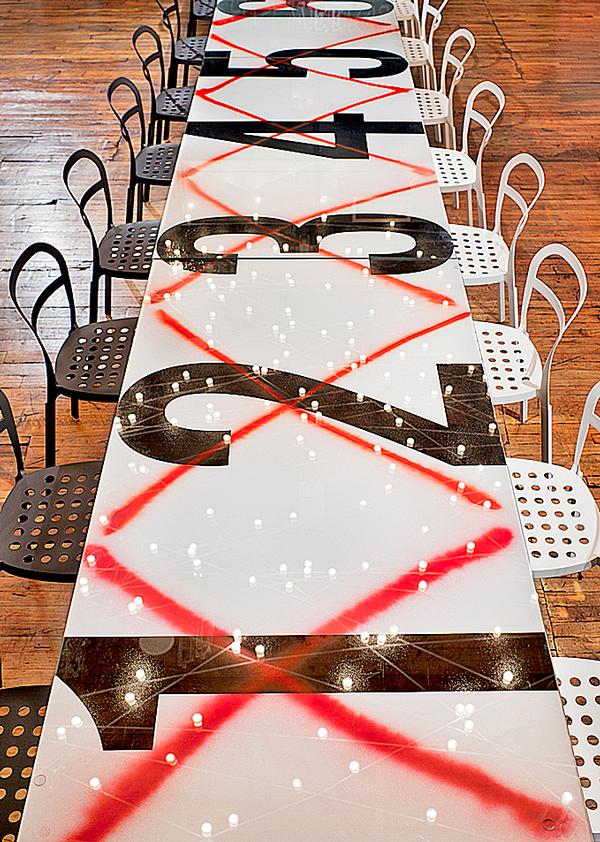features
Restaurant Design: James Biber looks at at the theatre in restaurant design
When the interior design is right, a restaurant can become legend. James Biber looks at the theatre in restaurant design and some enduring projects from the New York scene
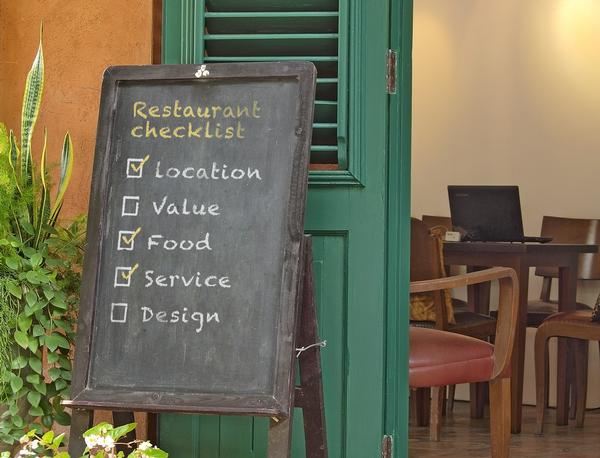
Restaurant design is no ordinary design task.
Other than home design, no design challenge is so intrinsically human as restaurants. Cooking, anthropologists tell us, allowed hominids to become human – and eating food is the most universal of all human experiences. Restaurants combine this primal need with a social context that helps define eating as social, and therefore societal. Put this way, restaurant design addresses the most essential touchpoints of humanity.
Design for dining occupies the world between retail and domesticity, between experience design and functional efficiency, between extravagance and austerity, and somewhere between the familiar and the new. These ambiguities help us understand the attention restaurants have and consequently the attraction of shaping restaurant to its designers: one is able to define an entire world in a few square feet.
While all this may seem grandiose, it’s no more exaggerated than our varied expectations of dining out. We are where we eat much more than what we eat. The definition of what constitutes a restaurant is remarkably broad in part to accommodate the wide range of humans and social types. The permutations, like music or art, or for that matter food, are endless.
We can likely agree that restaurant design is more basically human than, say, designing a health club, an office or a shoe store. Our agreement on what makes a restaurant beautiful, successful, appropriate, classic, trendy or vernacular is probably less certain. Because eating is universal, and social eating is nearly so, everyone has an equally valid view of what these places should look like.
But restaurant design is really just a small part of what a restaurant really is. The old saw is that there are five critical components to every restaurant: location, value, food, service and design. And the punch line is, to succeed, pick any three.
An eatery can survive on food, service and value (by which we mean the cost/quality equation) without location or design mattering at all. Likewise design, location and food can overcome service inadequacies and prices that don’t make much sense. The ‘pick any three’ idea establishes a baseline of success, but more than three can elevate a restaurant to another level.
When restaurants hit all the notes and add the intangible qualities that make a diner stand taller, stride with more confidence, look better in the lighting and feel more important because of the service, they are entering the realm of sacred spaces. Few other places, aside from actual sacred spaces, can achieve the level of impact and power that restaurants can.
DESIGN THAT LASTS
When designing my first restaurant I was blessed with an utter naivety about the task. It led to a design I could never duplicate, the Gotham Bar and Grill. It’s both unique and enduring, and born of a consortium of novices that only 1980s’ New York could devise. Four owners with no food experience and a heady sense of their ability to succeed hired an architect with similar credentials (me) and a consultant in the American cookbook author and New York Times columnist Barbara Kafka. The restaurant opened in 1984 and is still going strong.
In 1985, chef Alfred Portale came in, providing the Gotham Bar and Grill with the chef-personality that was becoming de rigueur for serious restaurants. (The owners went for another celebrity chef in our next collaboration, Mesa Grill, finding Bobby Flay.) Portale has held court at Gotham for more than 30 years. And Flay’s Mesa Grill stayed open for more than two decades before closing in 2013.
Design works best when fully informed by the owner and/or chef as a full participant. How a restaurant will work, feel, serve, last and sound are all part of the formula, but the genesis for design ideas does need to have a footing in some kind of fixed reality. A chef will do, as will a strong location or focused food idea. In some cases, a narrative and referential place is all that is required.
While the five components I have mentioned are the restaurant owner’s touchstones, architects and designers have other, sometimes surprising, hierarchies of design values to consider.
I have always tried to put lighting and sound design near the top of the list: lighting has everything to do with how you look, and acoustics make it possible to be heard as well. The ability to slide a chair back to get up from the table (without an attendant helping) matters as much as the ability to see the room from any seat.
We all love booths, in spite of the discomfort. Design a restaurant outside Manhattan and banquettes are referred to as New York Booths. We designed a restaurant where every single seat was a booth and, in spite of the inherent inflexibility of seating, it succeeded brilliantly.
The ability to turn tables quickly has become a science in some restaurants where waiting diners get wireless buzzers to get them back to the host and queued up to sit within seconds of a vacated table. Reducing this time can allow one more dinner at the same table (and at, say, US$40,000 per seat per year, it adds up).
Perhaps the single most influential factor in the personality of an eatery is the owner. If they are warm and gracious everyone will mimic their grace. We have all arrived at a restaurant been treated like a long lost friend – and we have all been treated the opposite way.
So when a restaurant strikes a cultural chord among enormous swathes of society, and does so for enormous swathes of time, it is notable. When the design remains a significant and consistent feature in a long-term eatery it is especially notable to those of us who design and aim for longevity.
THE FOUR SEASONS
Design is one of the few things that can remain a constant feature of a restaurant; staff and even ownership change, chefs come and go, food evolves over time and locations rise or fall based on real-estate transitions. In New York, when design is unchanged it can be nostalgia (McSorleys or Canters come to mind) or landmark designation (like the Oyster Bar) or even laziness that drives the decision not to change. When change would simply erase the design value of the space – and when the design is so integral to the character of the restaurant that change is unimaginable – we have something unique.
The Four Seasons is just such a place. It has been, from the moment it opened until the present day, a design of such quality, luxury and weight that change is simply unimaginable. (Fortunately, change is unimaginable to the New York City Landmarks Commission as well, which will ensure the design survives past its current five and a half decades well into the future.)
Opening to astonished critical and public reviews in July 1959, the Four Seasons has, and may still have, the most refined modern pedigree of any restaurant since Adolph Loos designed the American Bar in Vienna, but at a truly American scale. At 2,000sqm, the Four Seasons reflects the outsized ambition of Mies van der Rohe, its architect, and his associate Phillip Johnson, played out in a monumental building of nearly classical proportions and American, or rather New York, gargantuan size.
The cost was equally astronomical: US$4.5m (about US$35m today), when the Guggenheim Museum that was being built up Fifth Avenue was US$3m. To this day it’s in the running for the most expensive restaurant ever built.
The cost assured every single detail was bespoke, and four entire sets of everything (livery, menus, typewriter ribbon colours, trees and table linen) that changed with each season alongside the food. The art included Picasso, Miro and Jackson Pollack. And the menu itself was almost comically large, with 20 or 25 hot appetisers, 25 cold appetisers and 25 variations on steak.
As nearly everything changed seasonally the space itself was remarkably permanent. Highly geometric with long vistas and even longer walks from downstairs to the bar, from the bar to the pool room. It’s organised as a set of promenade spaces, each with its own character.
The Grill Room (now the Bar) is warm and wooden and arrived at from the lower level. Rising up into the vast high room from the compressed travertine lined base below is an expansive act that emphasises the enormity of the space. Half lined with French walnut and half with full height glass walls, the warmth of the glass is helped with the swags of copper chain that line each panel and ripple in the slightest breeze.
The hall connecting the Grill and Pool Rooms is nearly as grand as the rooms themselves – more museum than restaurant.
The Pool Room is focused on a marble pool occupying the centre of the room and making it clear that there’s enough real estate to waste a bit for the purposes of privacy and, cleverly, making the central tables as sought after as the ones lining the windows. A similar trick is at work in the Grill Room, with the terraced levels making both proximity and distance from the centre of the room desirable for different reasons.
RESTAURANT AS THEATRE
Presaging the 1980s trope about ‘restaurant as theatre’, the Four Seasons creates a number of theatrical sets in which the diner is always moving between stage and audience in an effortless and seamless procession. Even the connecting hall is several steps up from the lobby level to make it more runway than mere balcony.
Lined in calfskin panels and more walnut, the Pool Room makes it clear finally that this is entire assemblage from the building to the seat at your table is an intensely masculine affair. The women’s bathroom is the perfect key to that, with a separate room for makeup and lined in pinkish marble, it seems remarkably out of place in the clubby space. The men’s room by contrast is lined in slabs of grey veined marble as crisp and tailored as a fine worsted wool suit.
That The Four Seasons has not only lasted (it lost money for years) but thrived has as much to do with the democratisation of prestige as with the quality of the experience. In New York, money is the both the literal and social currency.
In London, one can only advance so far without the right name and school diploma; in Los Angeles, celebrity is everything; in Washington, DC, political power is valued more highly than money; but in New York financial wealth is all that matters. It’s the great leveller, and if one can pay the check at the Four Seasons one can ultimately dine at the Four Seasons.
No longer the most modern, or the largest, or the most expensive dining experience it is still the oldest and the first truly modern restaurant in New York, and likely in America. It set a standard of design as something to live up to, not just something to inhabit. It will remain intact beyond its current operator, its current name and its current clientele. It may very well outlive us all as a place, and it will always be The Four Seasons, just as the central tower in Rockefeller Center will always RCA Building, regardless of an NBC or GE or Comcast sign.
